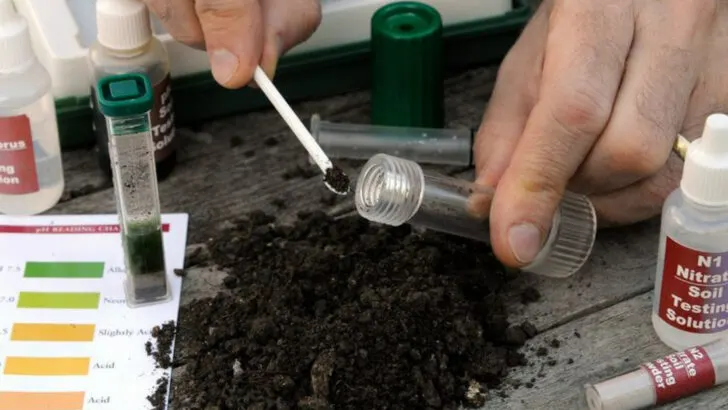Feeding your plants can feel like a secret art—one part science, two parts wild guess. One spoonful too much, and you’ve got scorched roots. Too little, and everything sulks in silence. And let’s not even talk about the homemade “miracle mixes” that kill more dreams than weeds. But when you get it right? Plants leap, leaves shine, and the soil practically hums. This list separates the real boosters from the classic blunders. No fluff. No mystery. Just clear, battle-tested tips—and six common fertilizer sins you’ll never commit again.
Understanding Soil Composition
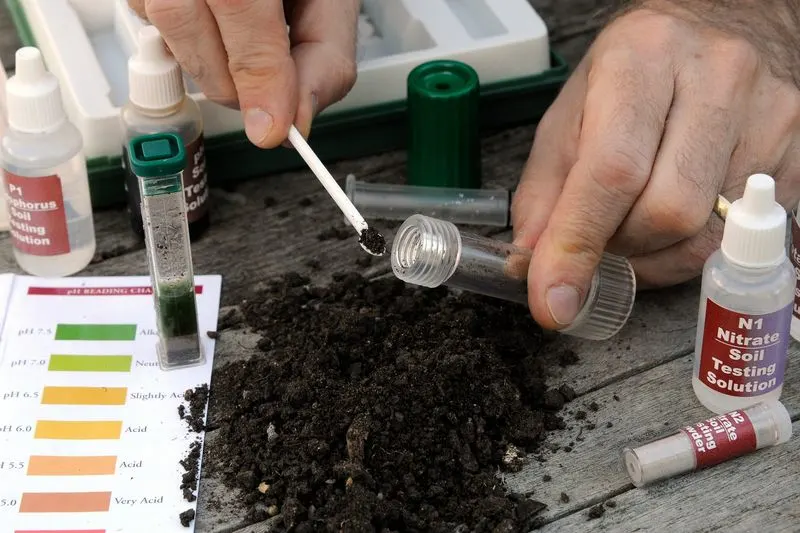
Knowing your soil is key to effective fertilization. Soil type affects nutrient availability. Sandy soils drain quickly, possibly requiring more frequent fertilizing. In contrast, clay retains nutrients better but can become compacted. Conduct a soil test to determine nutrient levels, pH, and texture. This information helps tailor your fertilization strategy. Remember, different plants have unique needs. Matching fertilizer to soil type ensures optimal growth. By understanding your soil’s characteristics, you pave the way for a thriving garden.
Using Organic Fertilizers
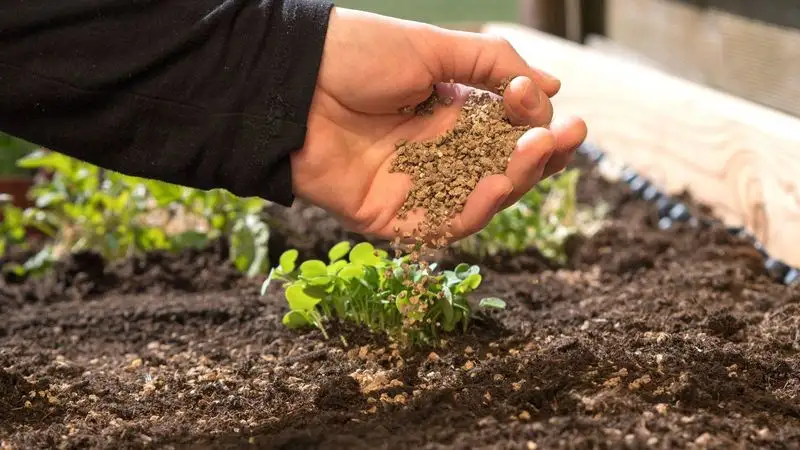
Organic fertilizers offer a natural way to nourish plants. They improve soil structure, promote beneficial microbes, and release nutrients slowly. Compost, manure, and bone meal are popular choices. These organic options provide a balanced nutrient supply, supporting long-term growth. Unlike synthetic fertilizers, they enhance the soil’s health over time. Choosing organic aligns with sustainable gardening practices. It’s a rewarding method that contributes to a healthy ecosystem. Embrace organic fertilizers for a more environmentally friendly approach to gardening.
Timing Your Fertilization

Timing is everything when it comes to fertilizing. Applying nutrients at the right time ensures optimal absorption by plants. Early morning or late afternoon is ideal to prevent nutrient evaporation. Seasonal timing matters too. Fertilize in the growing season, when plants need nutrients the most. Avoid fertilizing during dormant periods as it might lead to nutrient loss. Understanding plant life cycles aids in determining the perfect fertilization schedule. Proper timing enhances growth and reduces waste.
Avoid Over-Fertilizing

Over-fertilizing can sabotage plant health. Excess nutrients cause salt buildup, leading to root damage. Symptoms include yellowing leaves and stunted growth. To avoid this, always follow the recommended dosage on fertilizer packaging. Less is often more when it comes to fertilizing. Regularly monitor your plants and adjust as needed. Understanding plant needs prevents over-fertilization. It’s crucial to balance nutrient supply with plant requirements. Avoiding excess ensures robust and healthy growth.
Utilizing Slow-Release Fertilizers
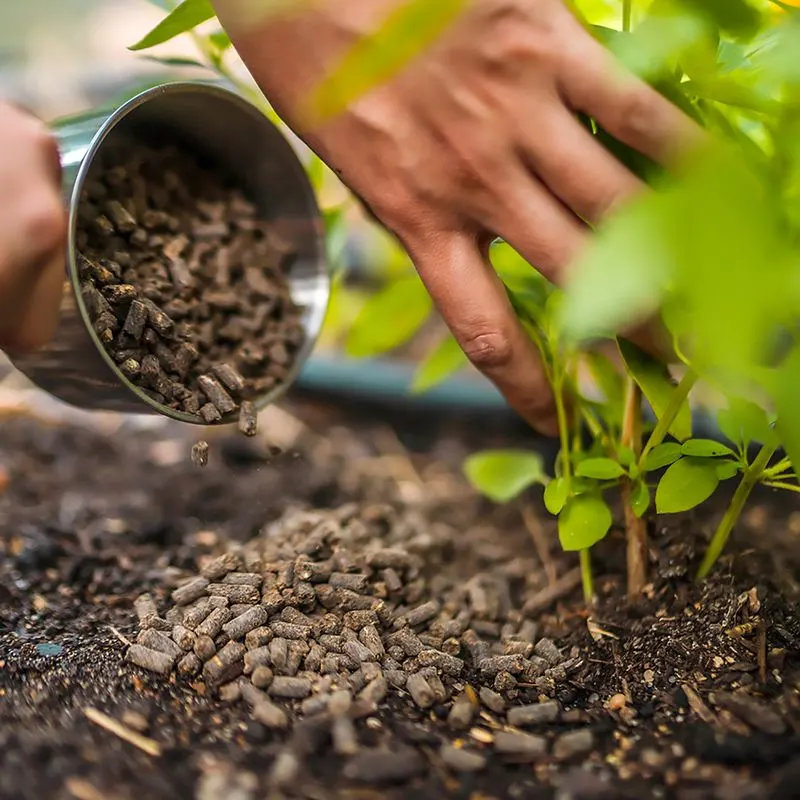
Slow-release fertilizers are a gardener’s friend. They gradually release nutrients, providing a steady supply over time. This method reduces the risk of over-fertilization. Slow-release options are especially beneficial for busy gardeners. They require less frequent application, saving time and effort. These fertilizers are ideal for both beginners and seasoned gardeners alike. Opting for slow-release ensures consistent plant nourishment. It’s a practical choice for maintaining vibrant and healthy gardens.
Balancing NPK Ratios
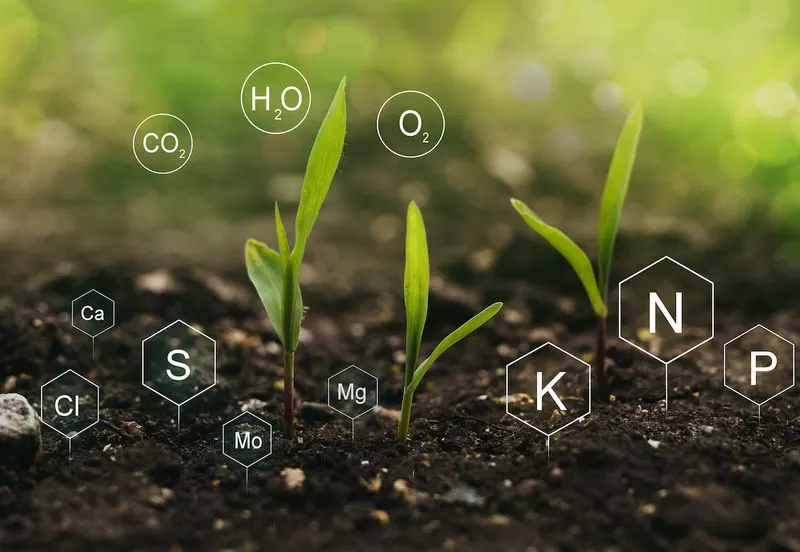
Understanding NPK ratios is vital for plant growth. Nitrogen (N), phosphorus (P), and potassium (K) are essential nutrients. Each plays a unique role in plant development. Nitrogen promotes leaf growth, phosphorus aids root and flower development, while potassium strengthens overall plant health. Balancing these nutrients according to plant needs is key. Different plants require different NPK ratios. Knowing these requirements helps in selecting the right fertilizer. Proper NPK balance ensures optimal plant growth and vitality.
Spotting Signs of Deficiency
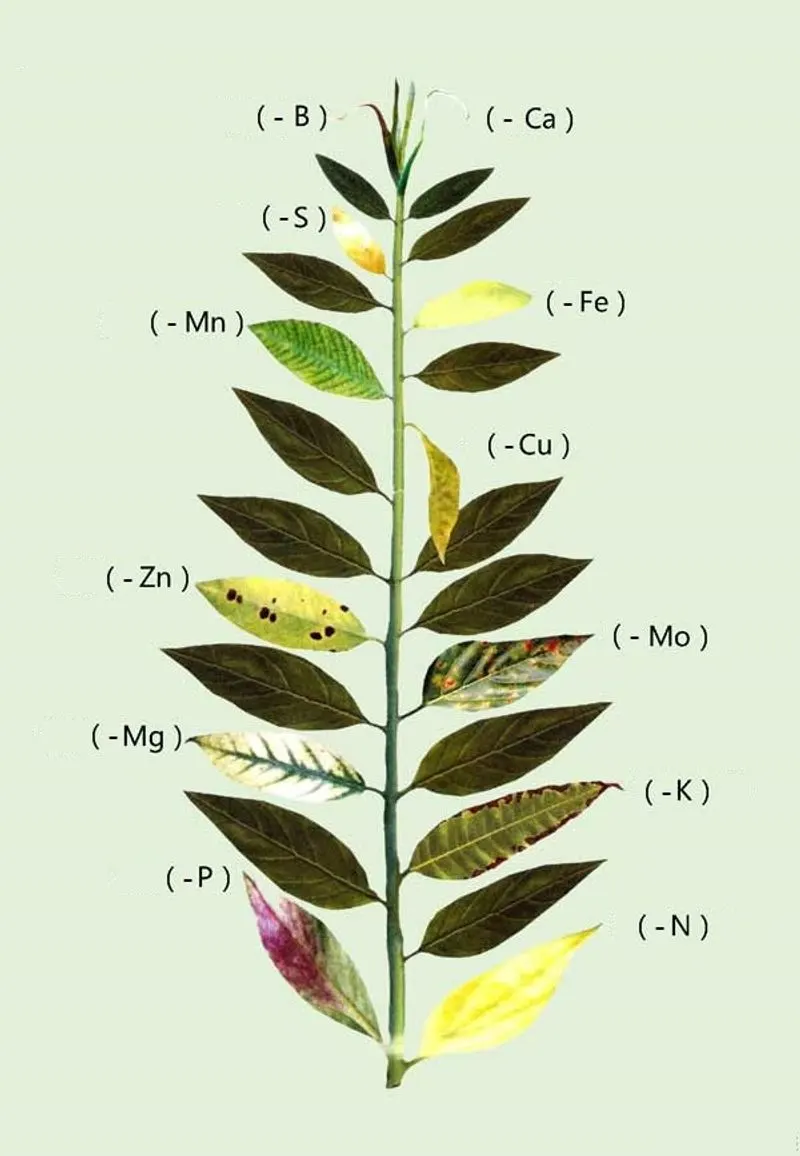
Plants communicate their nutrient needs through visual cues. Yellowing leaves, poor flowering, or stunted growth may indicate deficiencies. Recognizing these signs aids in timely intervention. Each nutrient deficiency presents unique symptoms. For instance, nitrogen deficiency often results in yellow leaves, while phosphorus shortage affects flowering. By observing these signs, you can adjust fertilization strategies. Prompt action prevents further decline and supports recovery. Understanding deficiency symptoms ensures plants receive the nutrients they need for healthy growth.
Adjusting Fertilization for Different Stages

Plants have varying nutrient needs at different growth stages. Seedlings require more nitrogen, while flowering plants benefit from phosphorus. Tailoring fertilization to these stages encourages better development. Identifying the current stage of your plant helps in adjusting nutrient supply. This approach maximizes growth potential and ensures healthier plants. Understanding growth stages provides insight into specific nutrient requirements. It’s a strategic method to support plants throughout their life cycle. Adjusting fertilization accordingly promotes robust and successful growth.
The Role of Micronutrients

While primary nutrients get attention, micronutrients are equally important. They play a crucial role in plant health, supporting various physiological functions. Iron, zinc, and manganese are common micronutrients necessary for growth. Even in small amounts, they significantly impact development. Recognizing the importance of these elements helps in comprehensive fertilization. Ensure your soil and fertilizers provide essential micronutrients. A balanced approach guarantees well-rounded plant nourishment. Micronutrients contribute to vibrant and thriving gardens.
Monitoring pH Levels
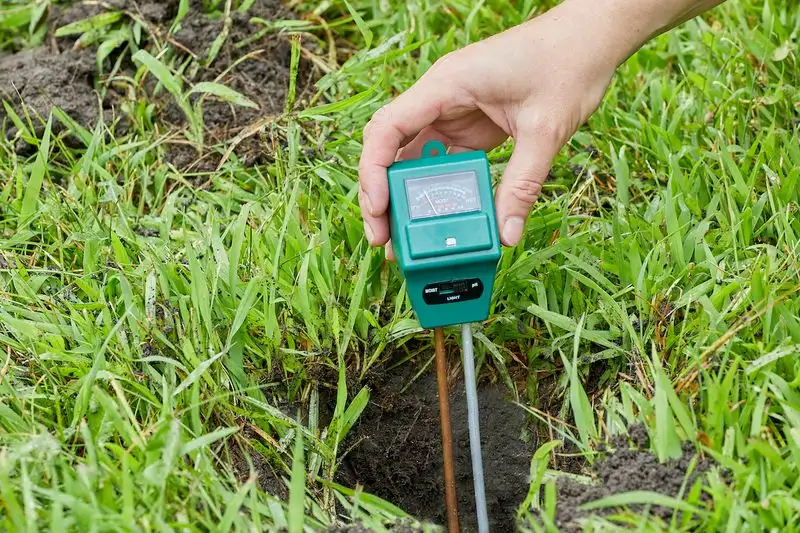
Soil pH affects nutrient availability. Most plants prefer a slightly acidic to neutral pH. Monitoring soil pH ensures optimal nutrient uptake. Acidic or alkaline soils can hinder plant growth. Use a pH meter to regularly check soil levels. Adjust pH with lime or sulfur if necessary. Understanding pH helps tailor your fertilization strategy. It’s an essential aspect of maintaining a healthy garden. Regular monitoring supports effective nutrient management and promotes flourishing plants.
Using Fertilizer Teas
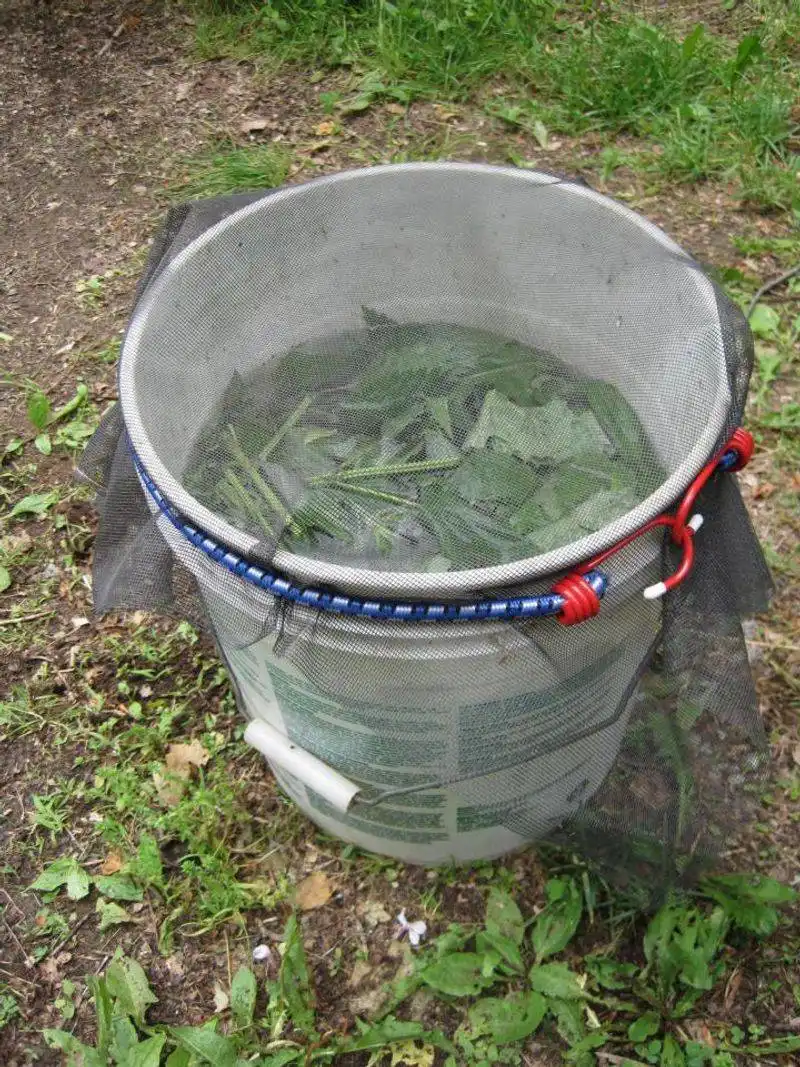
Fertilizer teas offer a gentle way to nourish plants. They are made by steeping organic materials like compost in water. This process extracts nutrients, creating a liquid fertilizer. Fertilizer teas provide a quick nutrient boost to plants. They are especially useful for foliar feeding, allowing direct nutrient absorption. Making your own tea is simple and sustainable. It’s a creative method to enhance plant health naturally. Embrace fertilizer teas for a lush and vibrant garden.
Ignoring Plant Labels
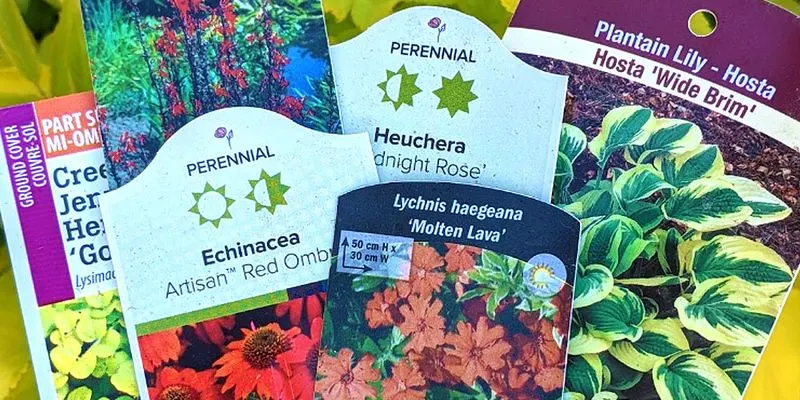
Plant labels carry crucial information about watering, light, and fertilization needs. Ignoring these guidelines can lead to poor plant health. Each plant species has unique requirements, and following labels ensures proper care. Disregarding them might result in over or under-fertilization. Pay attention to labels for a successful gardening experience. They guide you in understanding specific plant needs. It’s a simple step that prevents common fertilization errors. Reading labels helps maintain a healthy and flourishing garden.
Applying Fertilizer to Wet Foliage
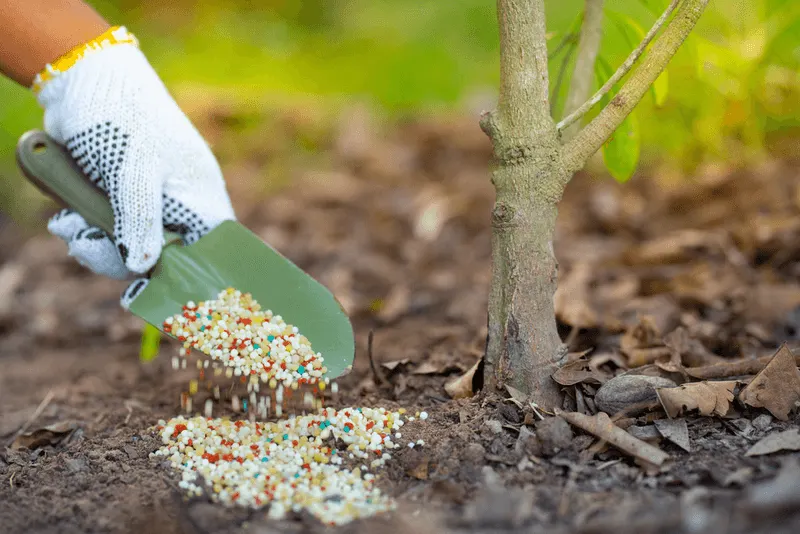
Applying fertilizer to wet foliage can cause chemical burns. The moisture increases the risk of leaf damage. Always apply fertilizers to dry foliage and water promptly afterward. This practice ensures nutrients reach the roots without harming the plant. Avoiding direct contact with leaves reduces damage potential. It’s a common mistake that can easily be corrected. Proper application techniques protect plant health and enhance growth. Being mindful of this detail leads to a thriving garden.
Neglecting to Water After Fertilizing

Watering after fertilizing is crucial. It helps dissolve nutrients, making them accessible to plant roots. Skipping this step can reduce fertilizer effectiveness. Nutrients might remain on the soil surface, causing potential damage. Always water thoroughly after fertilization. This simple practice ensures nutrients penetrate the soil efficiently. It’s an essential step for maximizing fertilization benefits. Remembering to water after fertilizing supports robust plant growth. It prevents common mistakes and promotes a healthy garden.
Using the Wrong Fertilizer Type
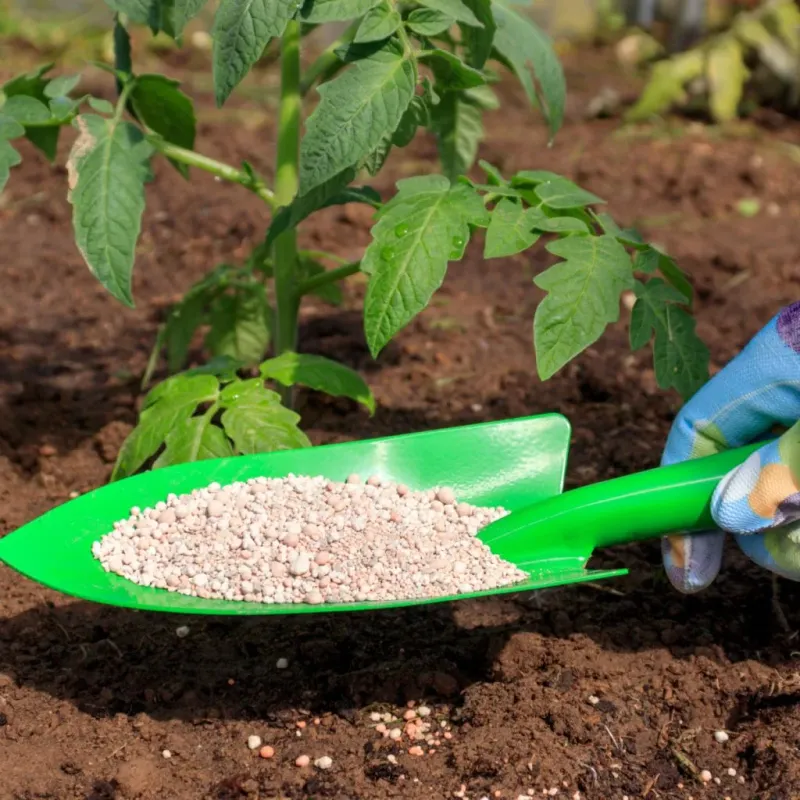
Choosing the wrong fertilizer type can hinder plant growth. Different plants have unique nutrient needs. Using a general-purpose fertilizer might not suit all plants. Understanding specific requirements aids in selecting the right product. Matching fertilizer type to plant needs ensures optimal nourishment. It’s a vital aspect of successful gardening. Avoiding this error supports thriving plants. Educate yourself on fertilizer types to promote healthy growth.
Overlooking Fertilizer Expiry Dates
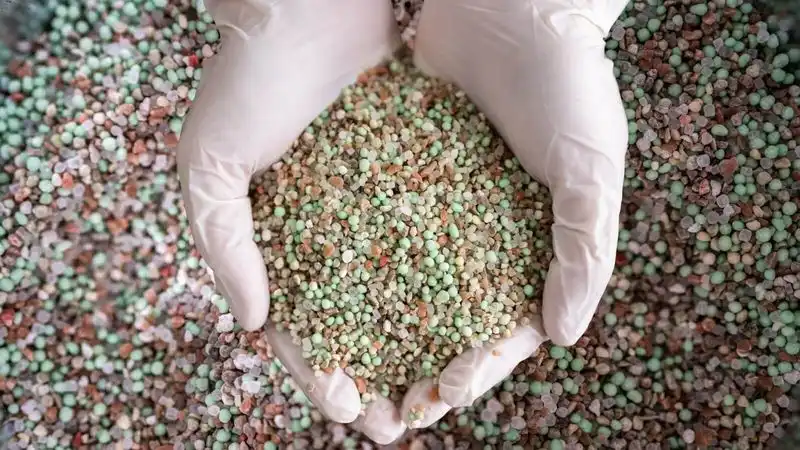
Expired fertilizers lose potency and effectiveness. Using them might not provide the nutrients plants need. Always check expiry dates before application. Fresh fertilizers ensure optimal plant nourishment. Discard expired products to prevent waste and inefficiency. Understanding the importance of using fresh fertilizers supports vibrant growth. It’s a simple step that enhances gardening success. Paying attention to expiry dates maintains a healthy and thriving garden.
Lack of Fertilization Plan
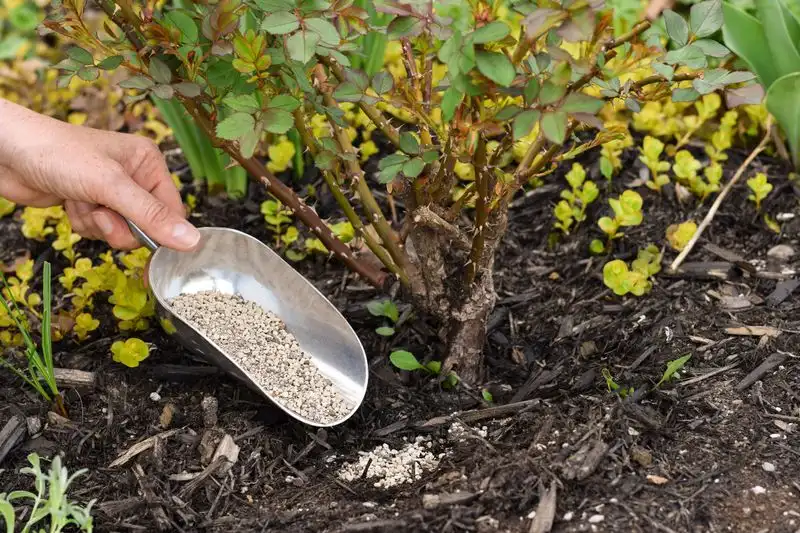
Without a fertilization plan, gardening becomes guesswork. A well-structured plan outlines nutrient application schedules and types. It considers plant needs and growth stages. Planning helps in avoiding both under and over-fertilization. A detailed approach maximizes plant health and garden productivity. Creating a fertilization plan supports consistent growth. It’s a strategic step towards successful gardening. Embrace planning for a flourishing and thriving garden.

